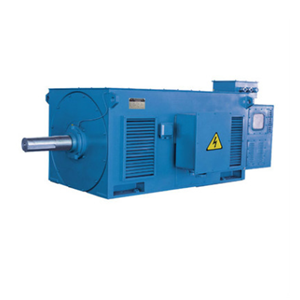Key points | Starting and speed regulation of three-phase asynchronous motors
The first step in putting a three-phase asynchronous motor into operation is to make the stationary rotor move. The process of increasing the speed of an electric motor from 0 to a stable speed under the corresponding load from the moment it is powered on is called the starting process, hereinafter referred to as starting.
After the three-phase asynchronous motor is put into operation, factories sometimes need to manually change the speed of the motor to adapt to different production machinery needs. This process is called motor speed regulation, hereinafter referred to as speed control.
The starting and speed regulation of an electric motor are important indicators for measuring its operational performance. The editor will briefly describe the aspects that should be considered when starting a motor.
1. Starting current
It should be as small as possible. A large starting current is disadvantageous, and the main hazards are:
1) The circuit generates a significant voltage drop, causing the input voltage of the motor to drop too much and also affecting the normal operation of other loads on the same circuit. Due to the decrease in voltage, the motor can stop running normally; Causing insufficient starting torque to the motor that is currently being started, preventing it from starting properly.
2) Excessive copper consumption in the motor winding leads to severe heating. Frequent starting will further accelerate the aging of the motor insulation medium.
3) The magnetic impact of the flashlight at the end of the winding may cause deformation.
2. The starting torque should generate a sufficiently large starting torque as much as possible. When starting an asynchronous motor, the starting current is large, but the starting torque is not too large.
3. During the start-up process, the speed should rise as smoothly as possible
4. The start-up method and equipment start-up method should be simple and reliable; The starting equipment should be simple, economical, and easy to maintain.
5. Reduce the consumption of electricity during the startup process and minimize the power consumption as much as possible
The most important of these are the first two items. The main problem when starting an asynchronous motor is that the starting current is too high and the starting torque is not large enough. In order to limit the starting current and obtain appropriate starting torque, different starting methods should be adopted for motors of different capacities and types.





